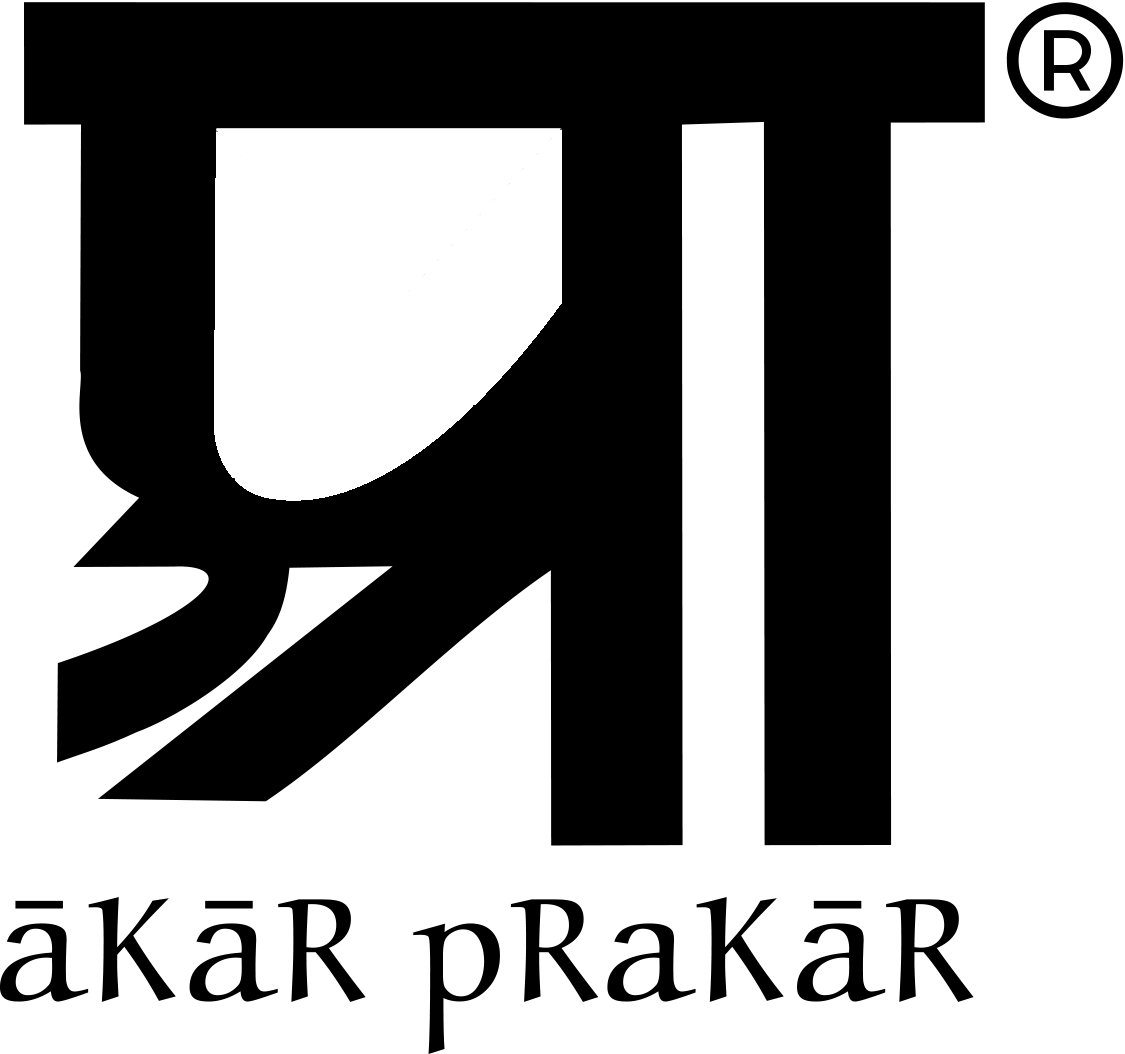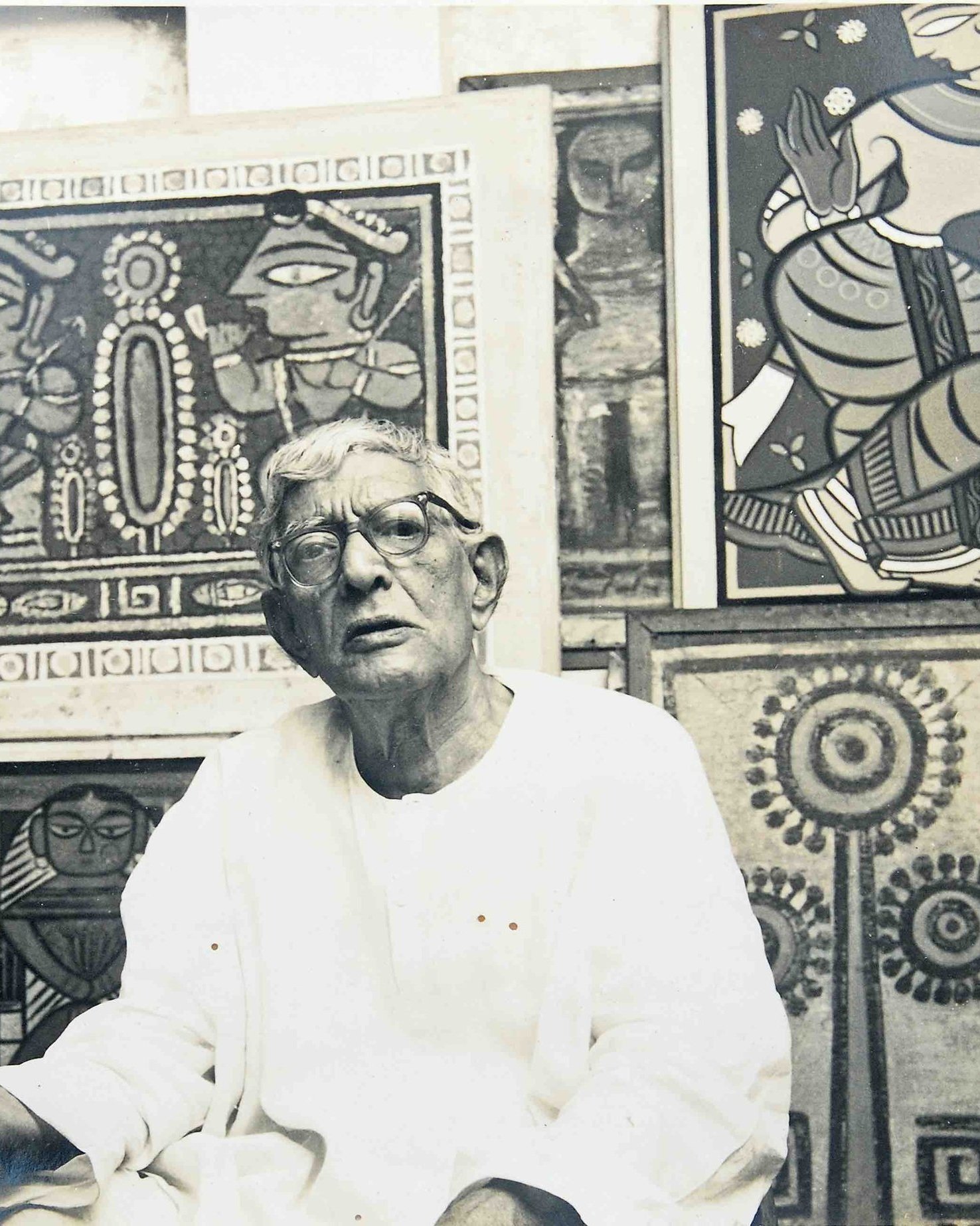Jamini Roy (1887 - 1972)
Born in 1887 in a small village in Beliatore, Bankura district, West Bengal, Jamini Roy joined the Government School of Art, Kolkata in 1903. He began his career by painting in the Post-Impressionist genre of landscapes and portraits, very much in keeping with his training in a British academic system. Yet, by 1925, Roy had begun experimenting along the lines of popular bazaar paintings sold outside the Kalighat temple in Kolkata. By the early 1930s, Roy made a complete switch to indigenous materials to paint on woven mats, cloth and wood coated with lime.
Roy was able to expertly capture the qualities that are a part of native folk painting and combine them with his own. He fused the minimal brush strokes of the Kalighat style with elements of tribal art from Bengal. Roy's rejection of the then-modern style of painting and his foray into the realm of Bengali folk paintings marked a new beginning in the history of Indian modern art. The mother and child, Radha, and animals were painted in simple two-dimensional forms, with flat colour application and an emphasis on the lines. The main subjects were often enclosed within decorative borders with motifs in the background. The figure of Christ was also a subject that Roy often painted.
Roy held several solo exhibitions and numerous group shows. His works can be found in several private and public collections, institutions and museums all over the world, including the National Gallery of Modern Art, Delhi; Lalit Kala Akademi, Delhi; Kiran Nadar Museum of Art, Delhi and in numerous museums internationally including the Victoria and Albert Museum in London and the Harn Museum of Art at the University of Florida to name a few. He was awarded the Viceroy’s Gold Medal in 1935, the Padma Bhushan in 1955 and was elected a fellow of the Lalit Kala Akademi in 1956.
Jamini Roy died on 24 April 1972 in Kolkata, where he had lived all his life. Following his death, he was declared a National Treasure artist in 1976.
Exhibition:
Jamini Roy | Untitled | Gouache on paper | 13.75 x 10.5 in


